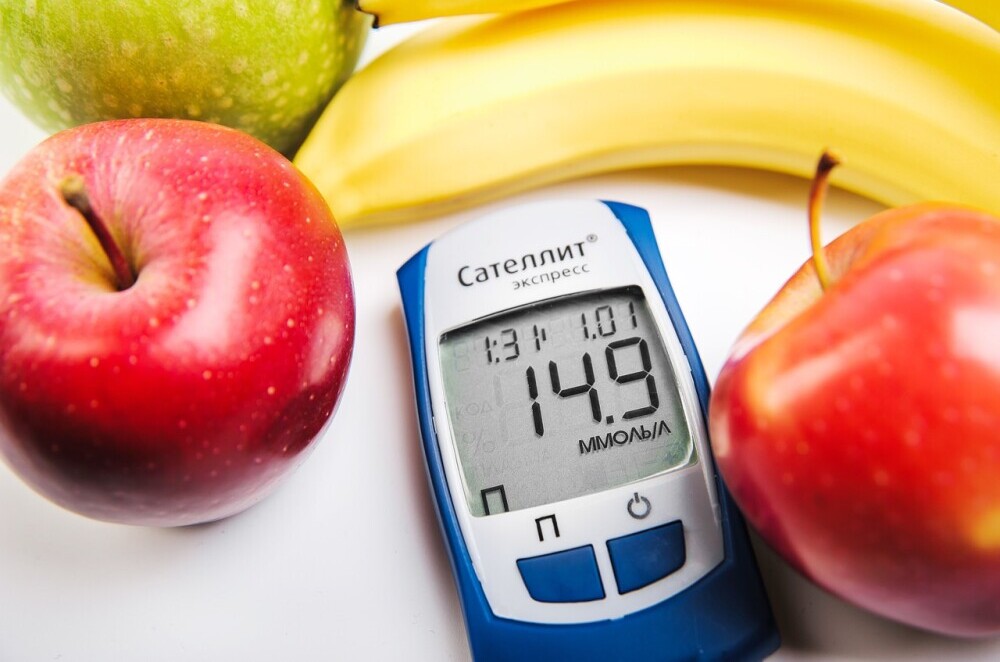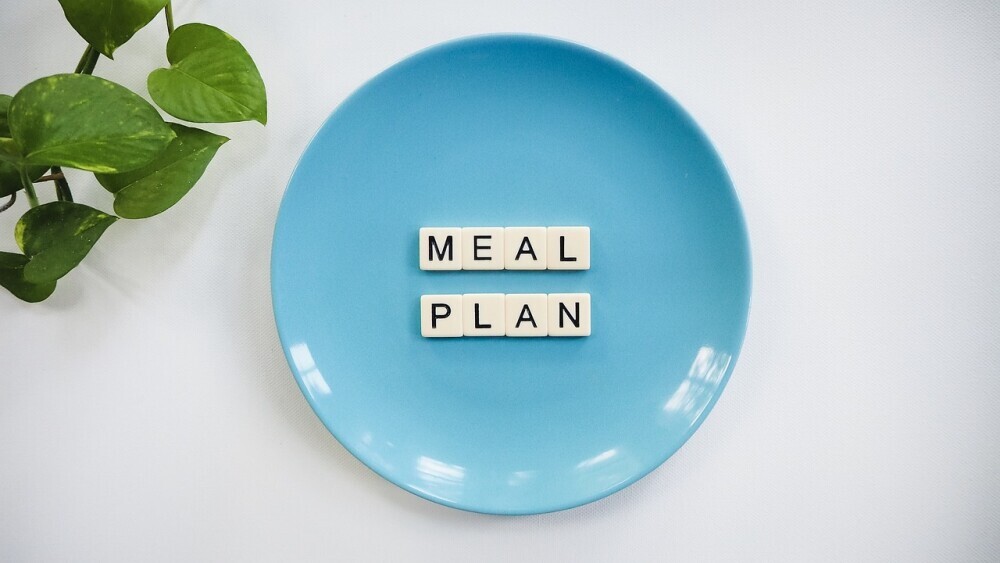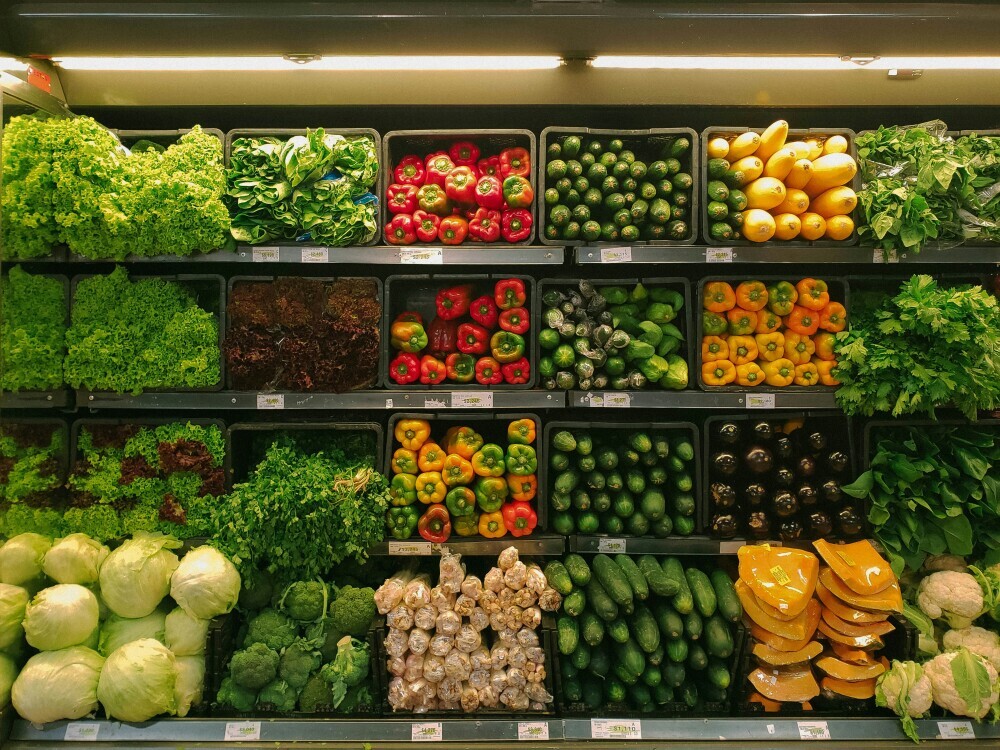
Let’s look at a topic that’s critical for nearly 10% of the population—diabetes. Managing this condition isn’t just about medication; if it was, we wouldn’t be having this conversation. No, managing type 2 diabetes is also about the food you put on your plate. I’m here to help you understand why diet is such a big player in your health game if you’re living with diabetes. You’re going to find out about the link between what you eat and how you can control your blood sugar levels.
This isn’t about avoiding sugar; it’s also about creating a nutritional plan that complements your lifestyle and helps you maintain optimal health. That means the choices you make at the grocery store, at meal times, even when you’re grabbing a quick bite, all contribute to your overall diabetes management plan.
So today, I’m going to be talking about how you can create a meal plan that fits your needs, tastes, and goals, while keeping your blood sugar in check. Think of it as your roadmap to navigating through meals without the high and lows that can accompany a more haphazard approach to eating with diabetes.
If you are like me, you have a lot of highs and lows. More highs in my case.
If you want to turn what might seem like dietary restrictions into a flavorful and enjoyable way of eating, stick around. I promise that by the end of this, you will have a better grasp of how to blend your health needs with your love for good food. And remember, this is a starting point. You can always adjust your approach down the road, as you learn what works best for you.
Now, if I’ve got your attention, let’s get a solid understanding of what a diabetes-friendly diet really entails. On to the next section, where you’ll dive into the fundamentals of what makes a diet effective for managing diabetes. I’ll be sharing info on the types of food to embrace and those you might want to consume in moderation, all backed by science and expert recommendations.
Fundamentals of a Diabetes-Friendly Diet

In my experience, understanding the fundamentals of a diabetes-friendly diet is key to successful management of the condition. This isn’t just about avoiding sugar; let’s face it there are hundreds of ways that sugar in its many forms and names are in a great majority of the foods we eat—especially the processed ones. Changing your diet is also about balancing macronutrients, which means getting the right amount of carbs, proteins, and fats. Carbohydrates have the most immediate effect on blood sugar levels, so you need to choose those that provide the most benefit with the least impact on glucose levels. Think complex carbs like whole grains over simple ones found in sugary drinks and snacks.
You’re going to find out about the glycemic index now, which measures how a carbohydrate-containing food raises blood glucose. Foods are ranked based on how they compare to a reference food – either glucose or white bread. A food with a high glycemic index raises blood sugar more than foods with a medium or low glycemic index. So, choosing low or medium glycemic index foods can help keep your blood glucose under control.
Don’t worry too much about cutting out carbs entirely. It’s about balance. Fiber-rich foods, which often have a lower glycemic index, are an excellent choice. Not only do they help control blood sugar levels, but they also keep you feeling full longer, which can aid in weight management – another crucial element in diabetes care.
Remember, the idea here is to create a sustainable and enjoyable diet. So, choose something that resonates with you, ensuring all the while that it aligns with the goal of maintaining healthy blood glucose levels.
Creating Your Personalized Diabetes Meal Plan

I’m going to show you how to tailor a meal plan that fits your unique lifestyle and health needs. This isn’t just about counting carbs; it’s about creating a balanced diet that helps manage your diabetes and is full of foods you actually enjoy.
Honestly, I use ChatGPT to create a low calorie and low carb meal plan for me. You can prompt it to create a type 2 diabetes friendly meal plan. I also use it to create a shopping list. Using AI as an assistant to help you navigate some of this stuff is very helpful! You can even ask it to help you figure out the following steps.
First, let’s figure out your daily caloric needs. This will depend on factors like your age, weight, activity level, and diabetes goals. A registered dietitian can provide the most accurate assessment, but there are online calculators that can give you a rough estimate to start.
You’ll want to space out your carbohydrate intake throughout the day to avoid blood sugar spikes. More consistent blood sugar levels can be achieved by pairing carbs with proteins and fats in your meals. And remember, timing of meals matters too!
Don’t worry too much about creating the perfect plate from day one. Begin by noting your favorite foods and how you can fit them into your diet. Then, look into healthier substitutions where needed. Over time, your plan will naturally evolve.
In my experience, flexibility equals sustainability. Choose some staple meals that you enjoy and have ingredients for them on hand. This way, you’re prepared, but you can always swap things out based on what’s fresh or on sale.
Now, you’re probably wondering about actual meals. Don’t fret! Up next, I’ve got a breakdown of simple, nutrient-rich recipes that will seamlessly fit into your diabetes meal plan. You’re going to discover that eating well can be both delicious and supportive of your health goals.
Simple and Nutritious Recipes to Kickstart Your Plan

You’re going to find out about some great recipes that are not just delicious, but also diabetes-friendly. I’m all about making sure you enjoy what you eat, because let’s face it, no one likes a bland meal, especially when you need to stick to it for health reasons.
For breakfast, how about starting your day on the right foot? A high-fiber, low-glycemic option could be an oatmeal bowl with fresh berries and a sprinkle of chia seeds. Oatmeal is a powerhouse when it comes to managing blood sugar levels, and the berries add a touch of natural sweetness without causing a sugar spike.
At lunch, imagine tucking into a colorful quinoa and chickpea salad drizzled with a lemon-tahini dressing. It’s packed with protein and the vibrant variety of veggies not only look great on your plate but also support a steady glucose level throughout the afternoon.
For dinner, choose something like a hearty lentil and vegetable stew. It’s comforting, it’s filling, and the lentils are a fantastic source of both protein and fiber. Serve it with a side of whole-grain bread or a brown rice pilaf, and you’re in for a treat without the worry.
Don’t forget about snacks! Snacking smartly is crucial for avoiding those blood sugar dips. Nuts, cheese with whole-grain crackers, or even a small serving of fruit with a dab of nut butter are good go-tos. They’re convenient, and they help keep you satisfied till your next meal.
Now, I really hope that these suggestions get you excited about the meals ahead. They’re just a starting point, and there’s a world of flavors out there to explore within your diabetes meal plan.
To be honest with you, I used to think all the suggested foods that a diabetic is “supposed” to eat sounded disgusting. Some of them still do, but play around with things and you can find some great meals that you will like and so will your family.
Maintaining Your Diabetes Meal Plan: Tips for Success

I’m going to be straightforward with you: maintaining a diabetes meal plan requires some dedication, but it’s wholly manageable with the right strategies. Let’s take a look at some key ones to keep you on track. First and foremost, it’s crucial to monitor your blood glucose levels regularly. This isn’t just about keeping tabs on numbers; it’s about understanding how different foods and activities affect your body.
You’ll also want to get comfortable with meal prepping. Think of it as investing time up front to make your daily life easier. Prepping meals in advance means you’re less likely to be caught out without a good option and resort to something less healthy. Plus, it takes the stress out of deciding what to eat when you’re already hungry.
Building a strong relationship with your grocery list is another essential step. Choose whole, unprocessed foods whenever possible, and keep a sharp eye out for hidden sugars or carbohydrates in packaged foods. Remember, I’m here to help you with identifying the right kind of foods for your specific needs.
Now, don’t forget the power of consistency. Your first attempt at a meal plan doesn’t have to be perfect. You can always adjust your approach down the road. Just stick with it, and changes will become second nature.
Lastly, it’s essential to stay in touch with your healthcare providers. They are your partners in this journey. Regular consultations will help you refine your meal plan, making it as effective as possible. Transparency with your healthcare team about your eating habits and blood sugar levels will enhance the care they can provide.
I really hope that you feel equipped and confident to manage your diabetes meal plan now. It’s an empowering step towards maintaining your health and enjoying life to the fullest. Keep these tips in mind, choose something that resonates with you, and remember, I’m cheering for you every step of the way!
